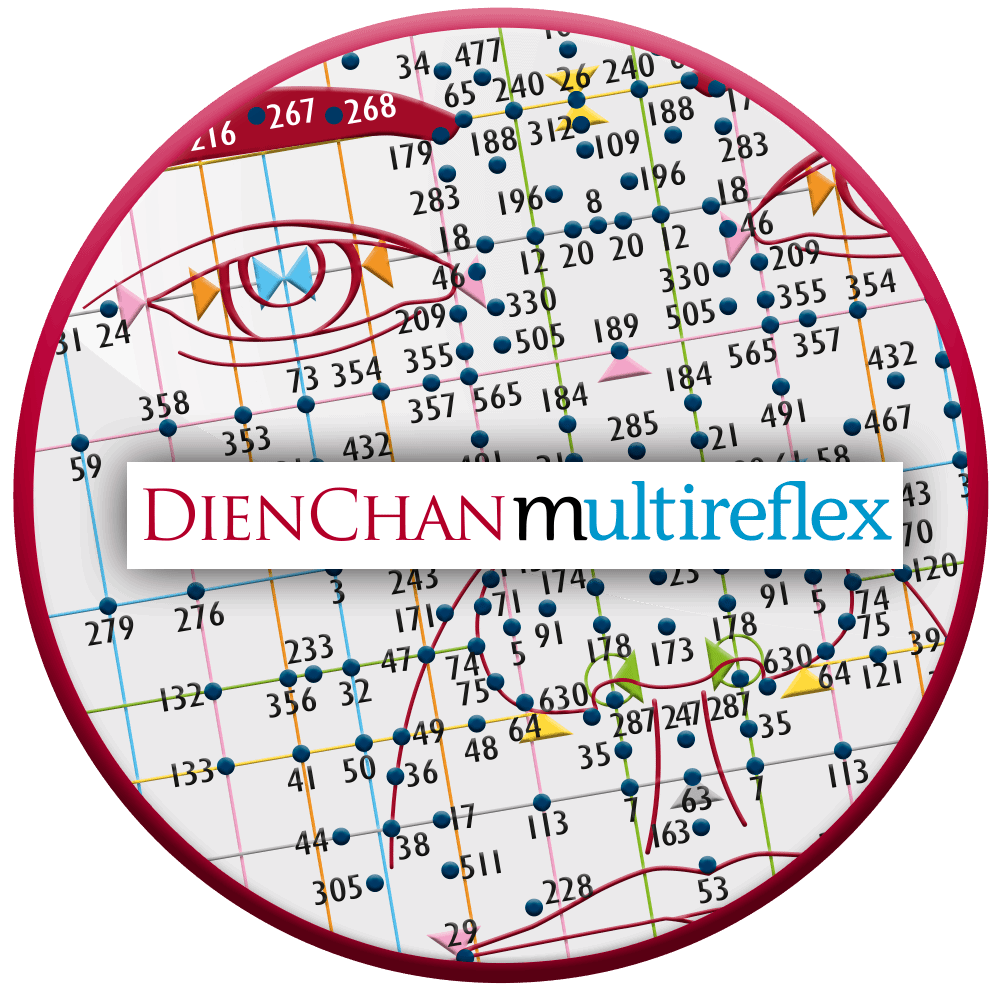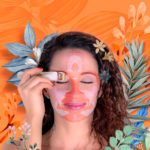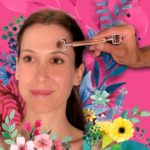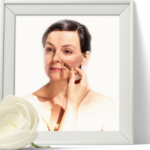Local pain syndrome – Algodystrophy
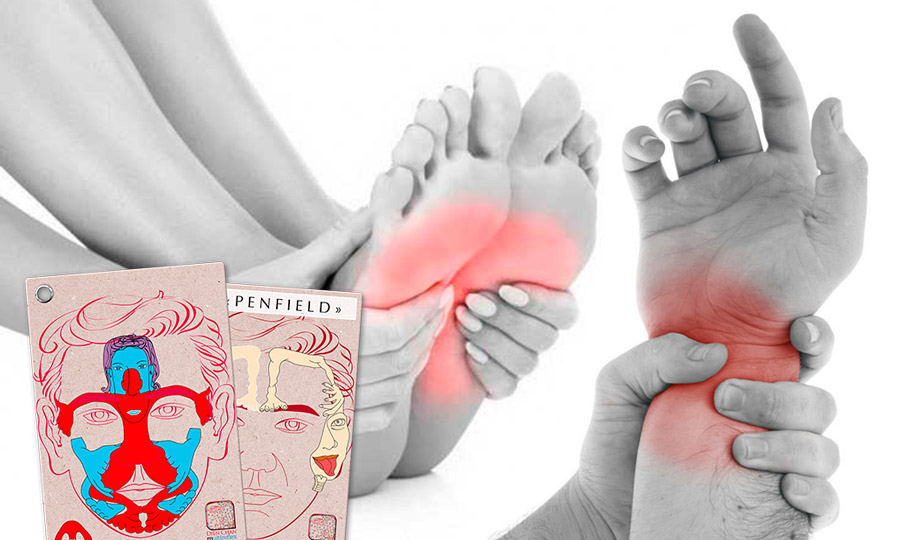
Algodystrophy is often triggered by trauma or surgical intervention. Sometimes, prolonged immobilisation can also be the cause. However, we encounter many high-level athletes suffering from this syndrome, as well as patients who have undergone either overly aggressive or, conversely, too lax physiotherapy.
Western medicine categorises it into three phases (hot, cold, and disabling) and offers diagnoses that may be interesting to interpret through Dien Chan gestures.
However, the suggested solutions remain unclear and often ineffective as they do not consider the individual as a whole. Worse still, these medical solutions are likely to exacerbate the condition by masking the pain with cryotherapy or subcutaneous calcitonin injections. Not to mention those who prescribe anxiolytics to hide the distress.
After having hurt you, they then advise gentle physical activity, which should have been the starting point. This is known as “matar moscas a cañonazo” in Spanish, which translates to “killing flies with a cannon”… Make of that what you will!
Let’s return to our much less invasive practices.
As with fibromyalgia, our initial focus will be on the general state of the consultant. We will therefore be concerned with their level of anxiety, fear, or anguish regarding their condition. While we naturally aim to relieve their pain, if we don’t pay attention to the emotional assessment, we risk not achieving the best results.
It’s common to find that the patient believes their pain will never go away and that it will worsen, ultimately limiting their actions. This is understandable.
It’s essential to discern the blocked emotion to understand the involved organ. We refer to knowledge in traditional Chinese medicine.
1| General state
For this initial step in our Dien Chan treatment plan, we will invite the consultant to engage in dialogue; to share the story of their pain while treating the reflex zones of the organs related to the relevant TCM element.
— The article “Regulate the Emotional Sphere” revisits all these concepts: https://www.dienchan.academy/dienchan-emotional
— The article on “Fibromyalgia” is on the blog and should also inspire you: https://www.dienchan.academy/fibromyalgia
2| Body step
When pain is felt as cold, or when the patient reports that hot water relieves them, we must understand that a yang stimulation is needed.
However, this should always be verified, as it can change from one session to another.
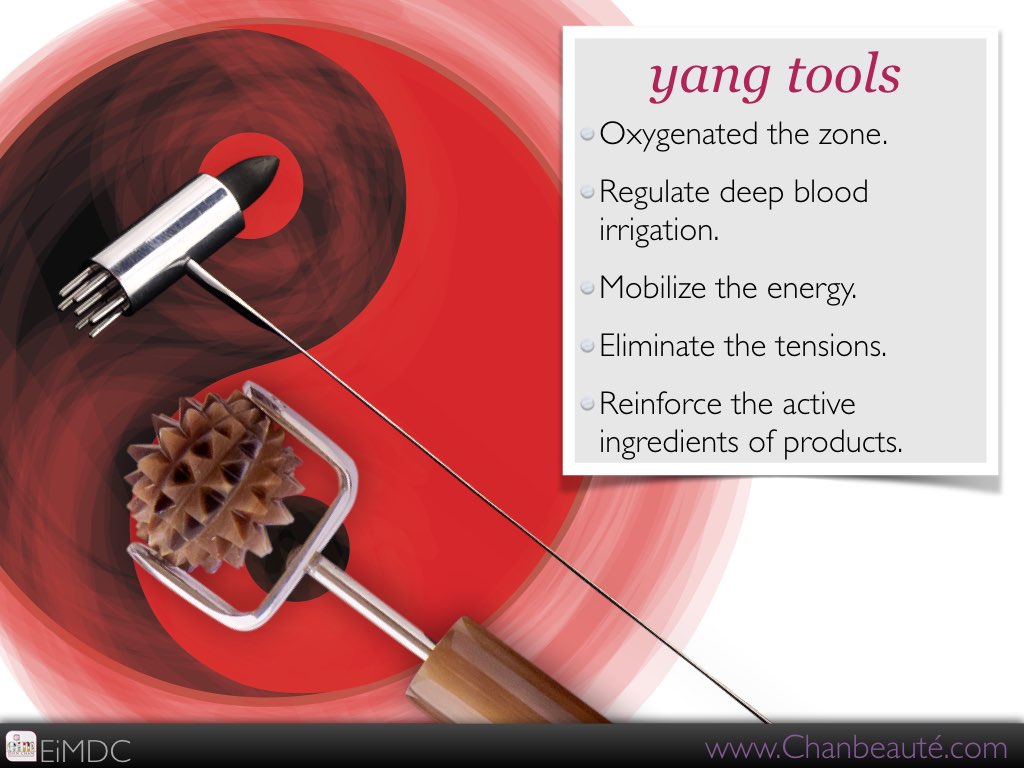
Using a suitable yang multireflex tool for the area being treated, we perform delicate back-and-forth movements for at least 4 minutes. Ask after the first minute if the sensation is pleasant.
— If it’s not the case, test the same area with an opposite-effect tool › yin in this case.
— If the sensation is pleasant, check after a few minutes if the person feels relief.
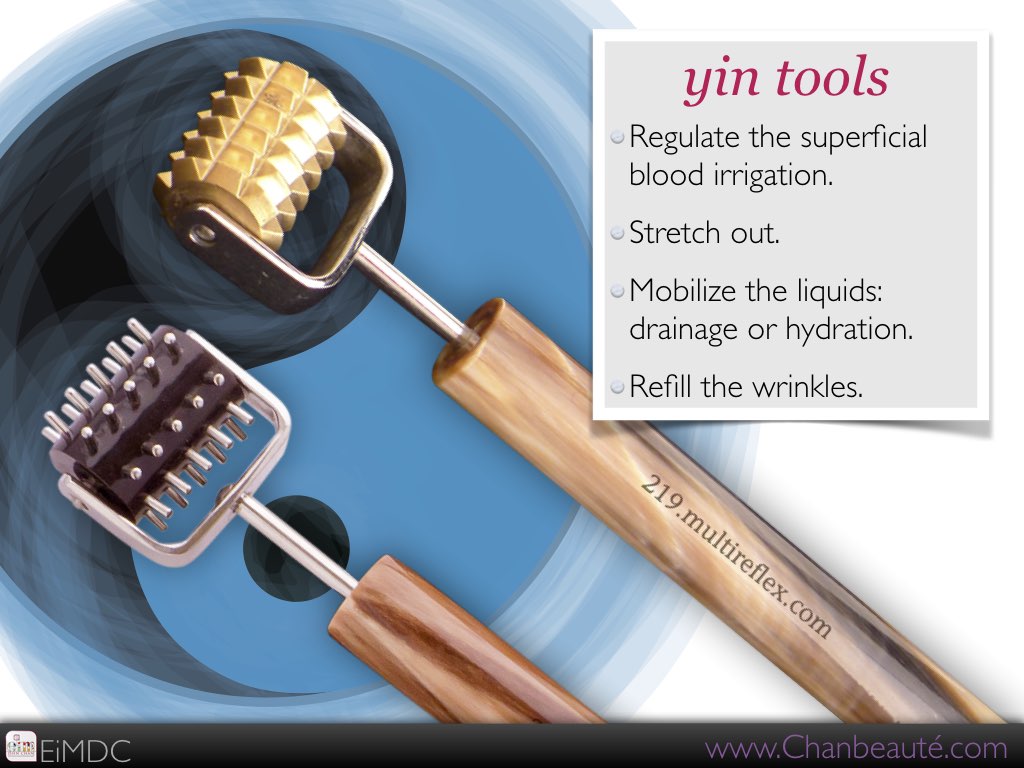
Don’t waste time noting the pain!
Focus solely on improvement.
* To better understand the yin and yang effects of multireflex tools, consult the comprehensive guide: tools.dienchan.pro/en/yin-yang-effects
It’s unnecessary to state that if the pain is in the “hot” phase, we will choose a yin-effect tool. However, it’s still good to specify that only yin multireflex tools allow you to intervene without heating while boosting blood and lymphatic microcirculation.
Their soft metal miniprong rollers, brass cylinders, and stainless steel rakes make your work dispersing, refreshing, and promote internal moisture!
Because no manual massage or use of plastic or electric devices can interact without heating, it’s easier to understand why the medical industry is interested in cryogenics. Not only is it commercially profitable, but it’s also absurd and counterproductive. Excessive cold can end up burning, as excess yin becomes yang.
For a hot pain, we aim to cool down, but we must first encourage vital flows to combat existing blockages. Only cold fosters internal atony.
Sometimes we can’t always intervene on the affected limb. The surface being too sensitive, we must revisit some of the 8 Dien Chan principles.
- Around the pain, above/below,
- Horizontal or vertical symmetry,
- And of course, shape similarity.
When dealing with a foot, we’ll think of the other foot or hands, and so on.
For this type of treatment, we usually choose either the Double mini yang ball nº307 or the Double mini yin roller nº308, which are the two most suitable tools for body extremities.
This second step is crucial and helps us reveal the yin or yang state of the syndrome. It also helps us establish connections using the shape similarity principle.
3| Facial step
During the second local step, we will choose a tool with the same effect. We also note the correspondences obtained through the principles (those that yielded good results) because we will transpose them onto our reflex diagrams.
If a yang effect is appropriate, we opt for a multireflex tool equipped with a small spike ball.
We prefer natural horn for its biological antiseptic properties which—unlike plastic—is respectful of the skin’s microbiota.
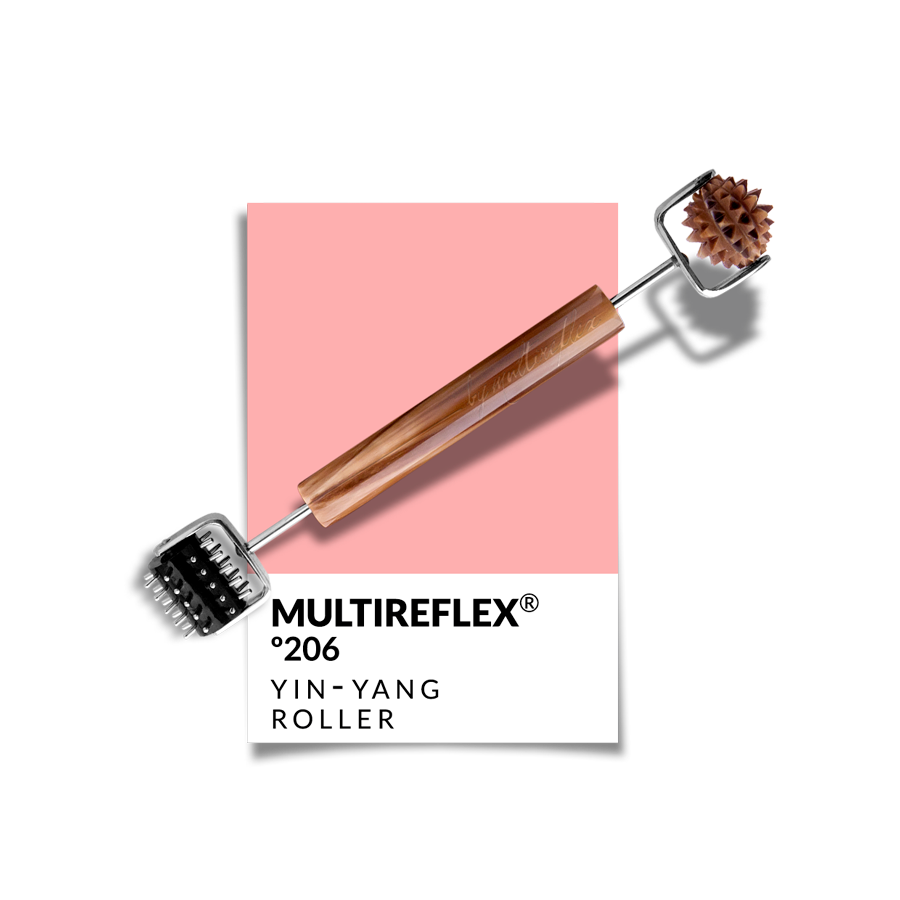
The Yin-yang roller nº206 or the Spike ball detector nº103 are perfectly suited for the facial regions to work on.
Choose an initial Dien Chan reflex diagram to stimulate the reflex zone corresponding to the concerned extremity.
For instance, if we select the extremities reflex diagram on the face, we notice that the red man’s hands lie on the temples; his feet project onto the chin.
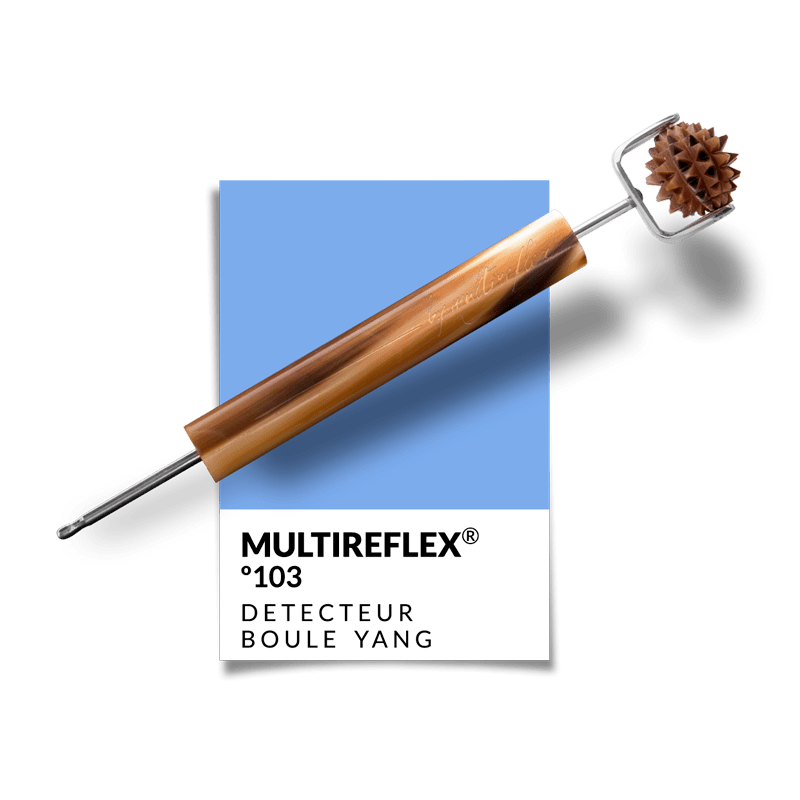
We will then perform around fifty back-and-forth movements on the area with the tool.
However, we won’t forget to similarly treat the reflex zones related to the surfaces we’ve worked on following the Dien Chan principles.
In other words, if we’ve managed to relieve localized pain in one hand by rolling over the other hand, we will apply this symmetry principle to the other temple. But we will also consider the feet since, by shape similarity, we might achieve good results.
This prompts us to work on the chin since this same diagram indicates that on this part of the face, the feet are located.
4| Consolidate the treatment.
Those who have studied Dien Chan can enhance their treatment by supplementing it with a bqc·points formula.
We can’t apply just one “magic” formula. We need to select the bqc·points that have an effect on the implicated extremity and enrich it with bqc·points that promote blood circulation.
It will also be very beneficial to check which energy meridian passes through the painful area to ensure we don’t forget to integrate its points·bqc into our formula.
To illustrate this reasoning and help you build a personalized treatment, here’s a video showing you how to use the Faceasit❜clinic app to combine the various ideas deduced during the session.
▸ Subscribe to the channel www.DienChan.tv, and we look forward to your comments, to which we will gladly respond.
◾︎ The app is called Faceasit, and its three versions are available on the AppStore for your iPad directly via this link: 3.Faceasit.com
☰ To learn more about this incredible support app and understand how it has become an endless source of inspiration for all students of the International School of Multireflexology – Dien Chan (ISMDC): https://dienchan.Faceasit.com/en
5| Our “prescription”
As explained in the video, you can share a treatment diagram with your patient to indicate the reflex zones they should work on at home.
By recommending one or two multireflex tools, the individual continues their foundational treatment between sessions.
They will return with energized flow, allowing you to deepen your treatment and achieve more precision to reveal the origin of the issue.
Instead of the point detector, it’s preferable to recommend a multireflex tool that has proven its efficacy during the session.
The kit❜reflex for self-care
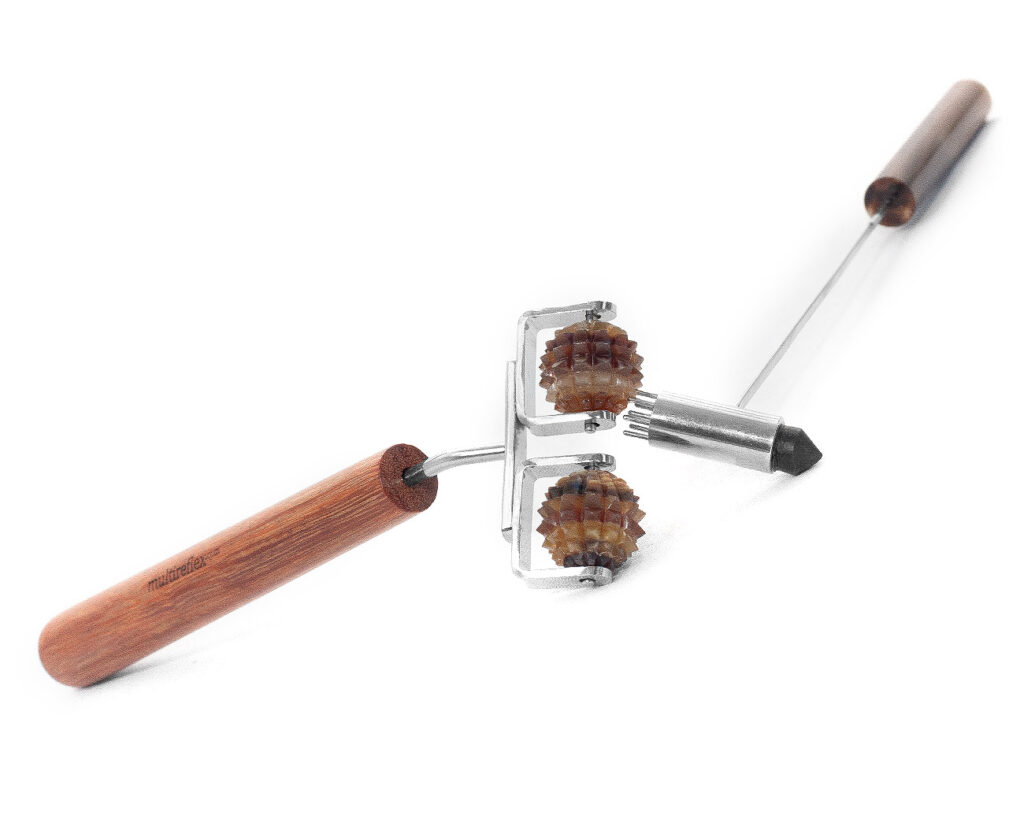
It's highly recommended to use only genuine multireflex tools to ensure effective and gentle skincare. The instruments from Dien Chan available at DienShop.com are made of natural horn, mimosa wood, and high-quality steels. This allows us to benefit from the natural antiseptic properties of genuine horn which, unlike polluting plastic, does not disrupt the skin's microbiota.
The kit❜pro for practitioner

› If you don’t have stock, you might be interested in the affiliate program (+info at tools.dienchan.pro).
› You can also direct the person to this article to purchase the kit offered at the bottom of the page or to the catalogue kits.DienShop.com.
› To learn more about the effects of genuine multireflex tools and how to care for them: https://tools.dienchan.pro
◾︎ Kits accompanied by advice are also available at kits.DienShop.com.
◾︎ Training sessions and workshops by Dien Chan experts: training.Multireflexology.com
